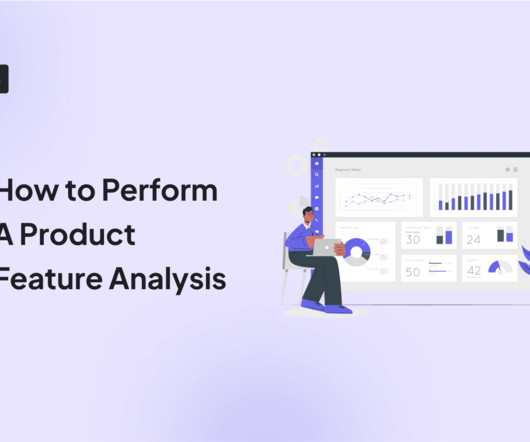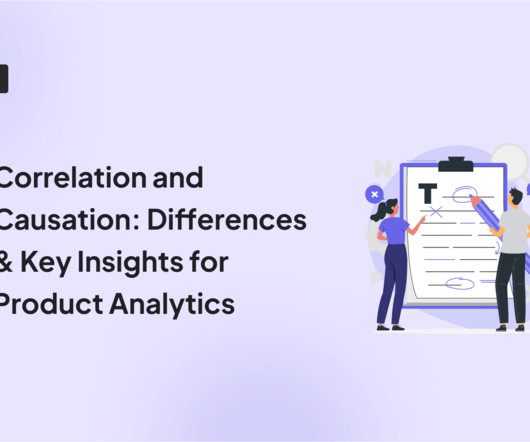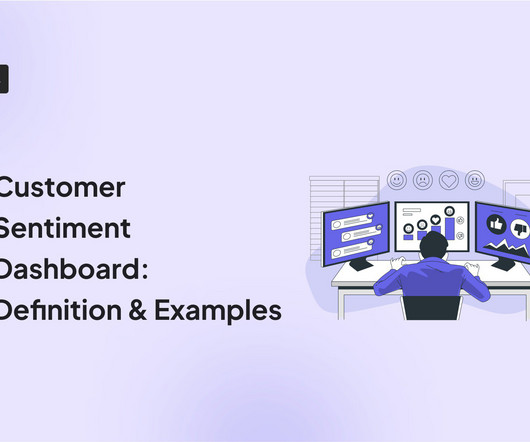How to Perform A Product Feature Analysis
Userpilot
APRIL 22, 2024
TL;DR Product feature analysis involves evaluating product features to understand their impact on user satisfaction and market performance. It’s often done to guide product planning , enhance account expansion , and optimize self-serve customer support channels. Too many metrics to track?
















Let's personalize your content